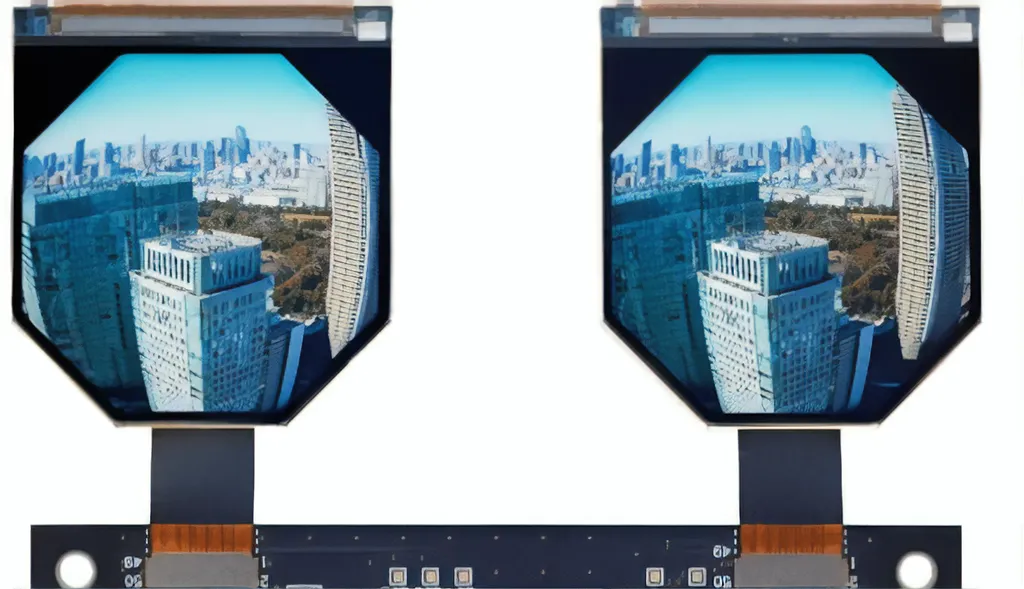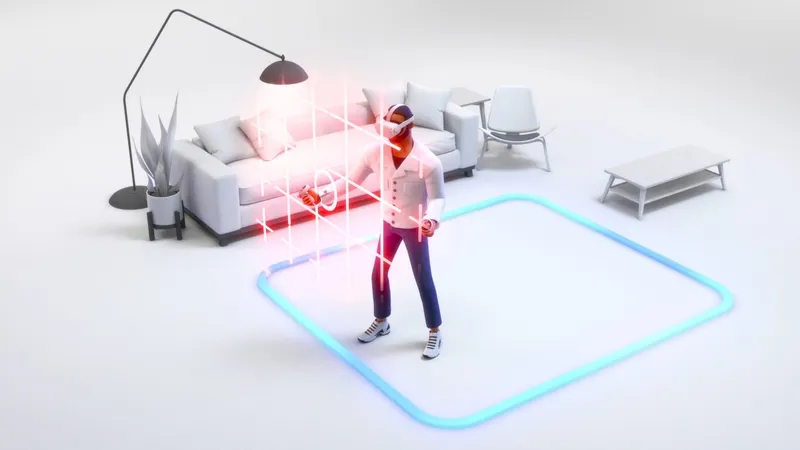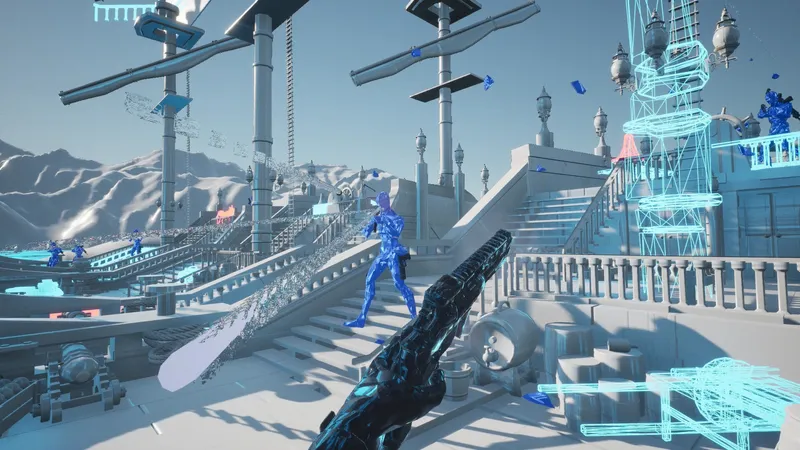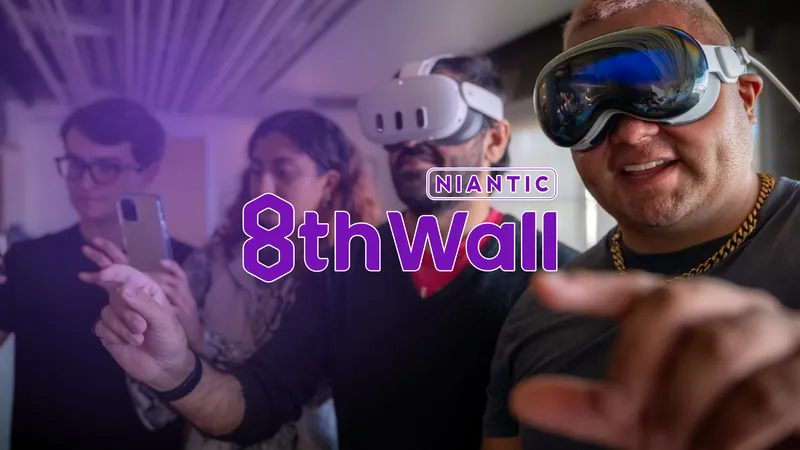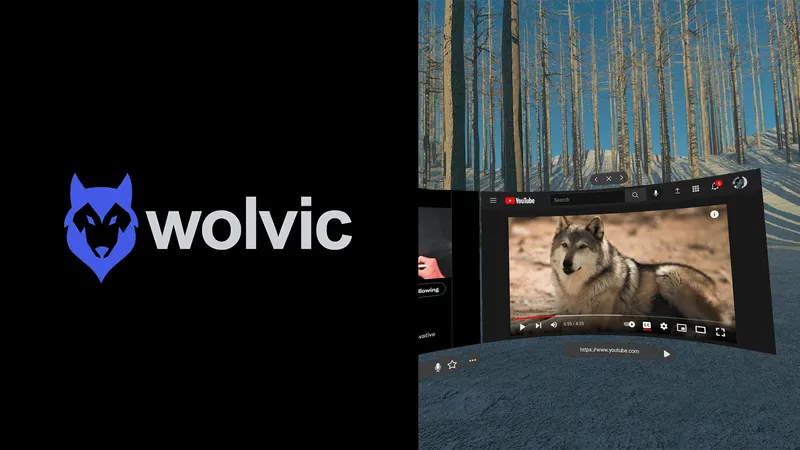A 2.1 inch made-for-VR LCD panel, the same likely used in Huawei’s ultra compact VR Glass, has now entered mass production.
The size of current VR headsets is primarily dictated by what field of view current lenses can achieve (without uncorrectable distortion) with a given panel size. The smaller the panel, the more difficult this is.
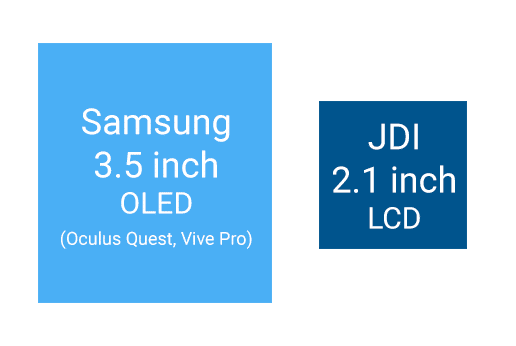
The Oculus Quest, Oculus Rift, HTC Vive, HTC Vive Pro, and HTC Vive Cosmos all use dual panels between 3.4 and 3.6 inches diagonal. Other headsets like PlayStation VR and Oculus Rift S use a single panel, but these panels occupy essentially the same total space.
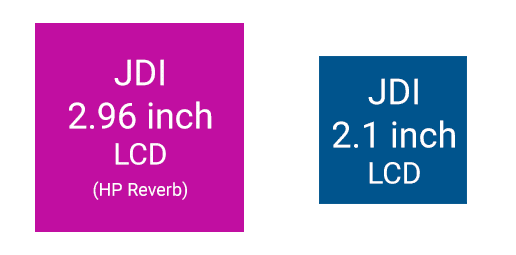
The HP Reverb was formerly the most compact position tracked PC VR headset, using 2.96 inch panels.
Specifications
JDI’s new panel is 2.1 inches, with the following specifications:
- Panel Type: IPS LCD
- Resolution: 1600×1600
- Max Refresh Rate: 120 Hz
- Subpixels: 3 (RGB)
- Brightness: 430cd/㎡
- Response Time: 4.5ms (gray-to-gray, worst case)
The company states that it is “used in VR glasses that have already been introduced to the market”. Given the above size, resolution, and panel type (and that the refresh rate is within the max) the only known headset on the market this could be is Huawei VR Glass.
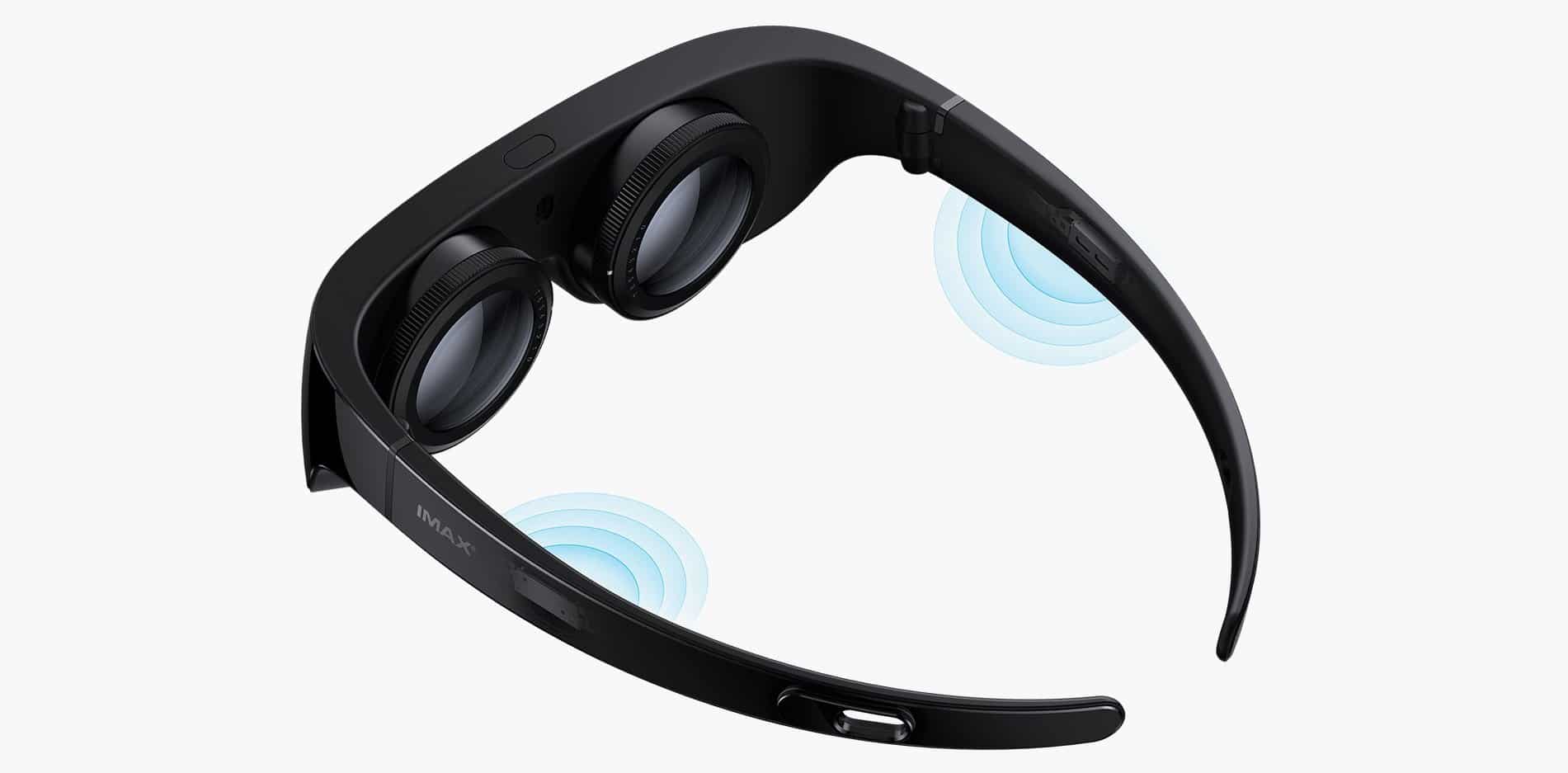
These smaller panels, alongside pancake lenses (a fundamentally different design to all other headsets currently on the market), enable the incredibly small size of the Huawei VR Glass.
However, keep in mind that that product doesn’t have built in positional tracking or cameras. If these panels are used for a position tracked PC VR headset the size would likely be larger. And of course if they were used in an Oculus Quest competitor it would need to be much larger to house a battery and compute hardware.
The relatively standard resolution and use of LCD may make this panel significantly cheaper than high resolution OLED microdisplay alternatives like what Panasonic showed at CES. Huawei’s product is only officially available in China, for the equivalent of roughly $430.
It’s important to note, however, that when we tried Huawei VR Glass at CES we noted that it has a narrower field of view than typical. It may require a larger design to solve this.
Size Matters
Most current VR headsets are not comfortable to wear for extended periods of time. For some, they are even uncomfortable after a matter of minutes. This can be because they push a relatively heavy weight against the sinuses, where humans are particularly sensitive to pressure.
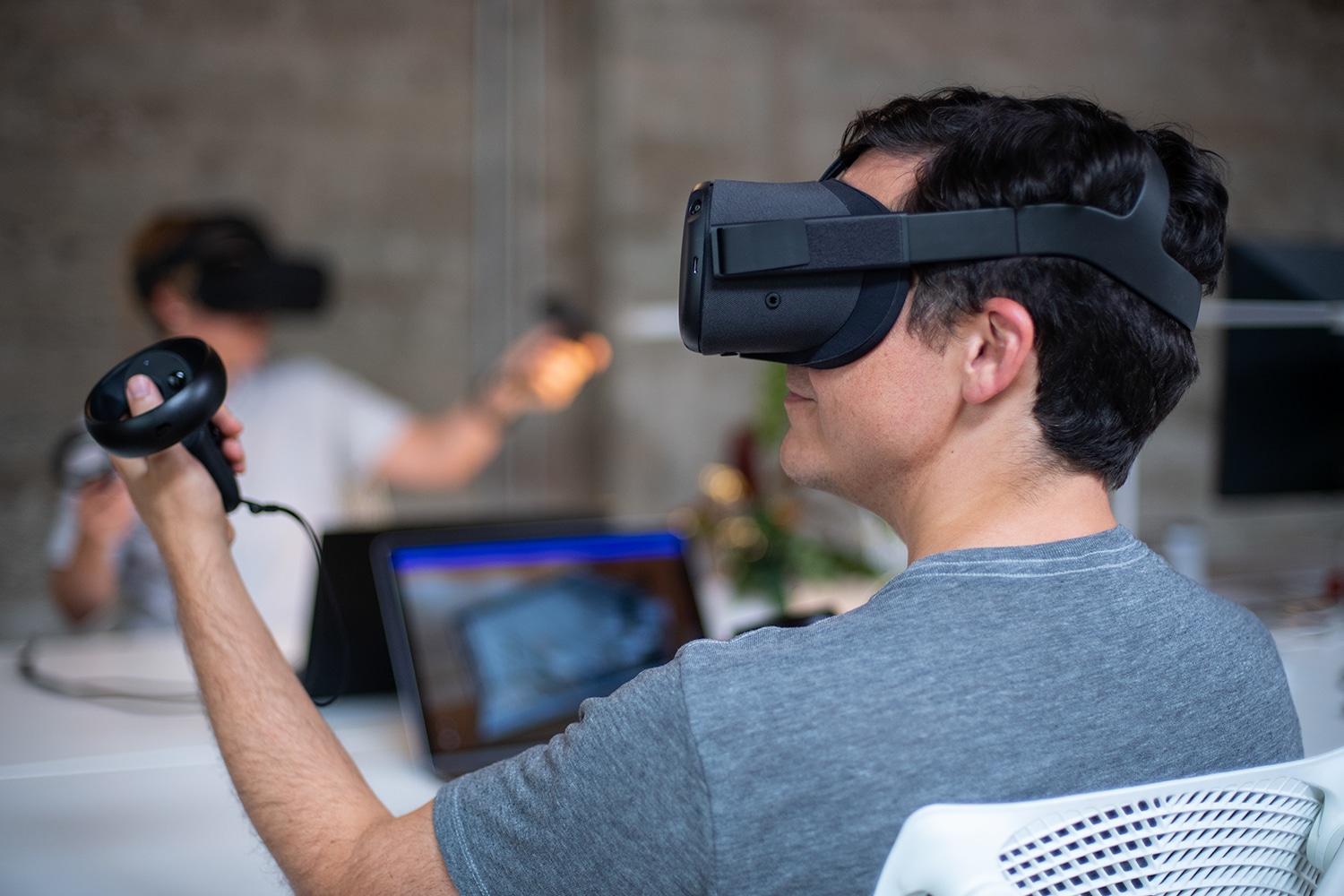
The weight’s fundamental cause is the the size of the panels currently available and the lenses used with them. Smaller panels of the same resolution are more difficult to produce, and more difficult to magnify over a large field of view. But JDI appears to have solved the first hurdle and Huawei demonstrated that the second can be shipped too (with a few tradeoffs).
With smaller panels, and suitable pancake lenses, VR could soon start to become a more comfortable medium that people can spend hours in without wanting the bulky heavy box off their face. Current VR might one day be looked back on like we look at the earliest cellular telephones or CRT monitors.
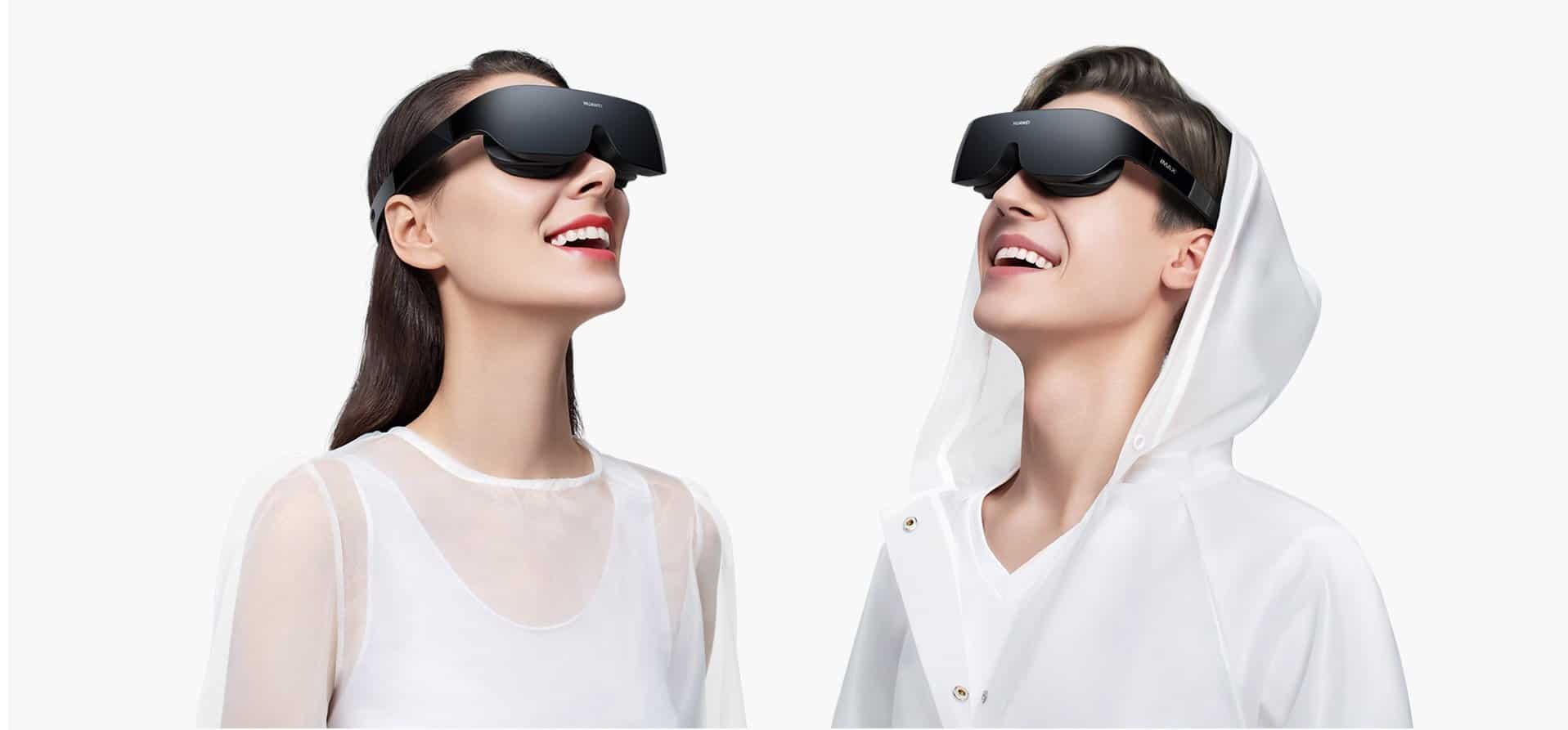
Whether this display system paradigm will stay in the realm of media viewers or come to gaming focused headsets is yet to be seen, but we’ll keep a close eye on JDI and companies likely to use its new panels.

